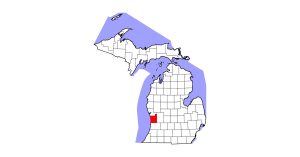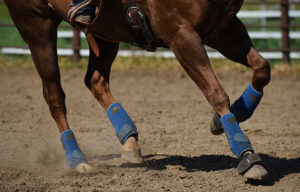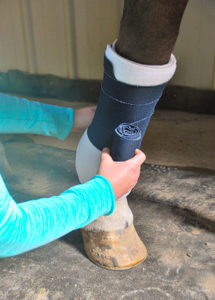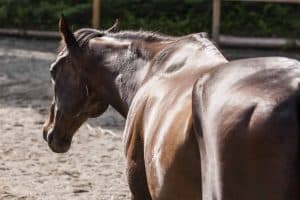Elite Dressage Horse Head-and-Neck Angles Associated With Scores
- Topics: Article, Dressage, Sports Medicine, Welfare and Industry

Researchers on a recent study have shown that high-level dressage judges had a tendency to give higher scores to horses competing with the head further behind the vertical. This trend, while only “mild to moderate,” contradicts competition rules, said Kathrin Kienapfel, PhD, of the Swiss National Stud Farm’s Equine Research Group, in Avenches.
In addition, higher-ranked international dressage riders rode horses more behind the vertical during competition and warmup, and their mounts displayed more unusual oral behaviors such as visibility of the teeth and tongue and chewing movements with an open mouth.
Fédération Equestre Internationale (FEI) rules state that dressage horses’ nose lines must be on or slightly in front of the vertical at all times. This is also the case for many rulebooks worldwide, especially in Germany with the “Richtlinien für Reiten und Fahren,” or Riding and Driving Guidelines, which provide a framework for other equestrian federations to follow.
What Scientists Consider ‘Behind the Vertical’
If a horse’s nasal plane is vertical to the ground, he’s working on the vertical; any additional neck flexion will bring the nose line behind the vertical, which narrows the angle of the head to neck, resulting in compressing the structures like the windpipe and parotid gland as well as impairing the vision.
Kienapfel said she and her study coauthors aimed to shed light on the realities of riding today: How are we riding horses, and how do they feel about it?
“To be honest, I was a bit taken aback,” she said. “I was quite certain there were some closed frames, of course, but I was sure I would find several nose lines in front of the vertical as well. And I was very surprised when we looked at the correlation of the scores with the head and neck position. My hypothesis was that we would find no correlation or, in the best case, that the horses were being sanctioned for being too much behind the vertical in the competition as stated in the rules. But we found the opposite.”
Meanwhile, the horses generally showed more conflict behavior—such as tail swishing and unusual oral behavior—the more/stronger their heads were behind the vertical, whether in the show ring or the warm-up area, she said.
Angles, Conflict Behaviors in Warmup and Competition
In previous studies researchers have suggested that for good health and welfare, a horse’s nose should not tip too close to the chest because this could obstruct breathing and vision, impairs physiological muscle function, and appears to make horses otherwise uncomfortable, said Kienapfel. Scientists have determined the safe limit is the vertical line and describe any noseline behind that line as being behind the vertical.
Needing better clarity about horses’ head and neck positions in the show ring, Kienapfel and her fellow researchers attended the Grand Prix Special (CDIO5*) in Aachen, Germany, in 2018 and 2019, took videos of 49 horses and their riders during warmup, and acquired additional videos of the same pairs during competition. Nearly all the riders were ranked in the Top 100 of the FEI Dressage World Ranking Athletes. The researchers intended to study all the participants at these two events, but they were unable to acquire footage of 10 registered riders due to scheduling conflicts or private warmups, Kienapfel said.
In each of the resulting 6,571 video frames, the scientists measured the horse’s nasal plane angle, the angle at the poll, and the angle of the shoulder while working at gaits beyond a walk. From these data the researchers calculated the average of each of these angles for every horse across all its video frames. They also recorded any visible conflict behavior, which scientists believe reflects stress, pain, or discomfort, and hence points to compromised welfare if displayed in high frequencies, she explained.
Kathrin Kienapfel, PhD
The researchers found the average angle of the nasal plane for all the horses combined was 11 degrees behind the vertical during warmup and 5 degrees behind the vertical during competition, Kienapfel said.
The average poll angle was, consequently, larger/more open during competition, at 28° compared to 24°. Individual horses ridden by higher-ranking riders, on average, exhibited greater positioning behind the vertical.
Horses showed 27% more total conflict behaviors and 26% more unusual mouth behaviors during warmups than in the competition ring, and they showed these behaviors more when the head was behind the vertical. Even so, for reasons yet to be determined, tail swishing did not seem to coincide with being behind the vertical, Kienapfel added.
Judges and Stewards Could Effect Change
“We see that too many horses in the practical world are being ridden with a nose line behind the vertical,” Kienapfel said. “Judges are strongly advised to take more care into the head and neck position used and take conflict behavior into account as well.” The findings suggest judges and stewards might need more training to recognize and/or acknowledge positions behind the vertical to act more proactively, Kienapfel said. “It’s really important; otherwise, nothing will change. The judges have that bit of power to change the system.”
The study, Comparison of head–neck positions and conflict behaviour in ridden elite dressage horses between warm-up and competition, appeared in Applied Animal Behaviour Science in 2024.
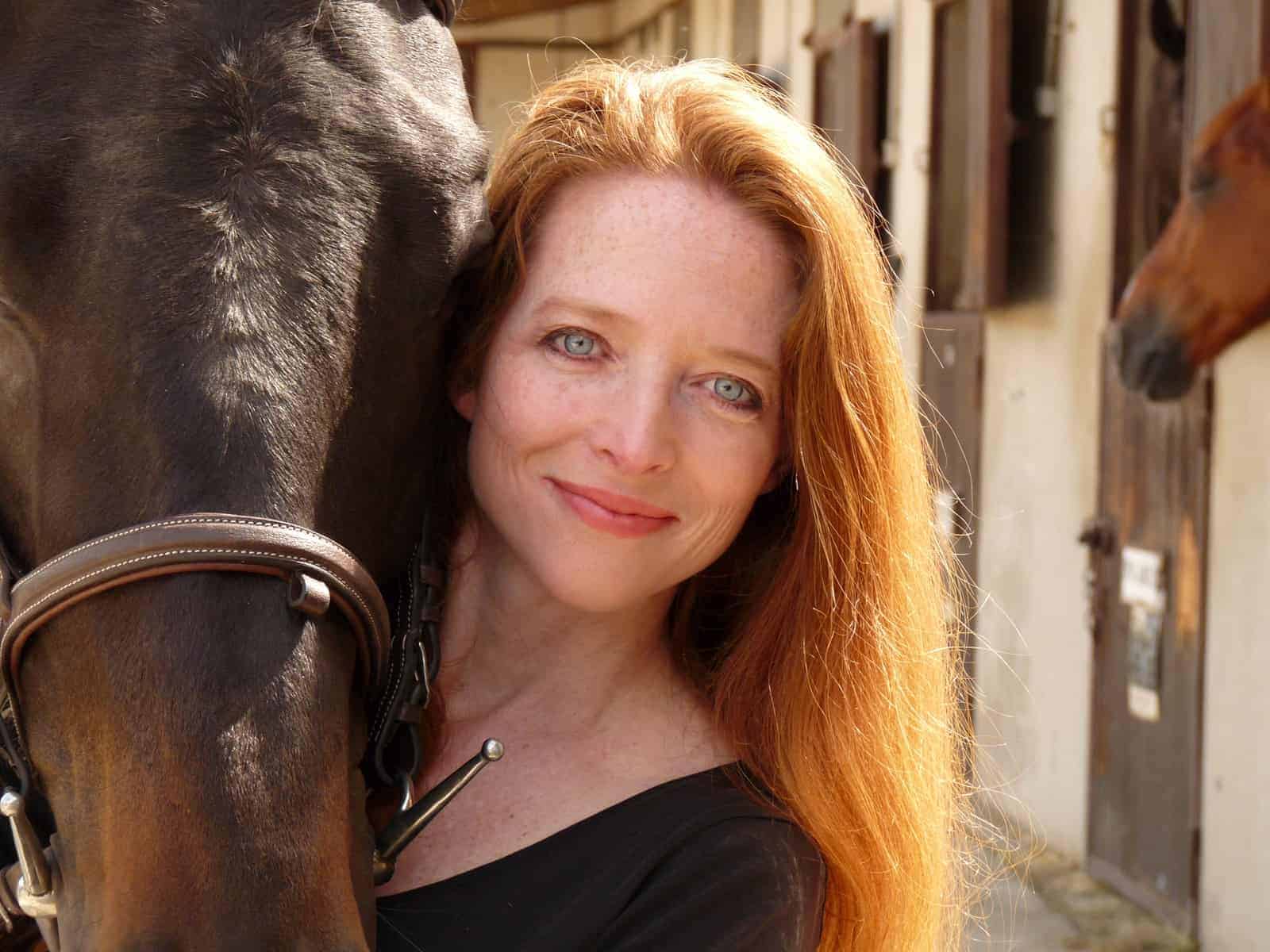
Written by:
Christa Lesté-Lasserre, MA
Related Articles
Stay on top of the most recent Horse Health news with
